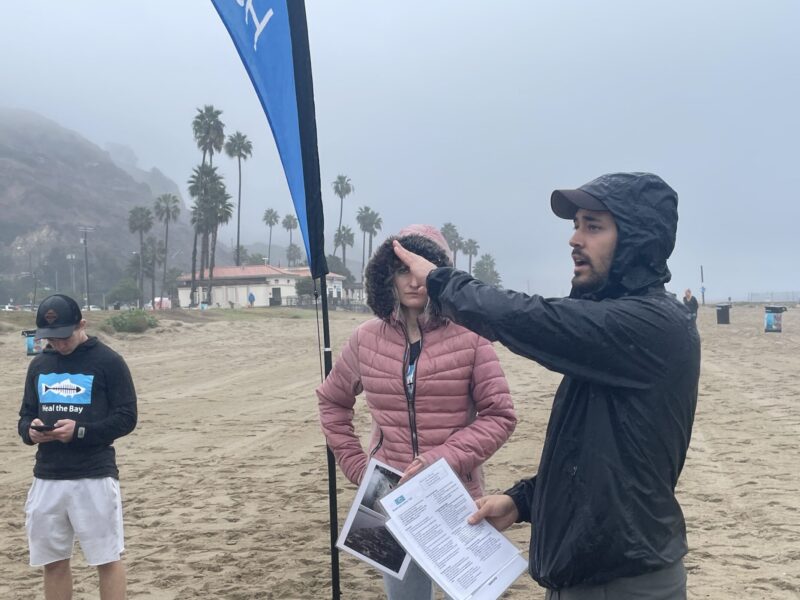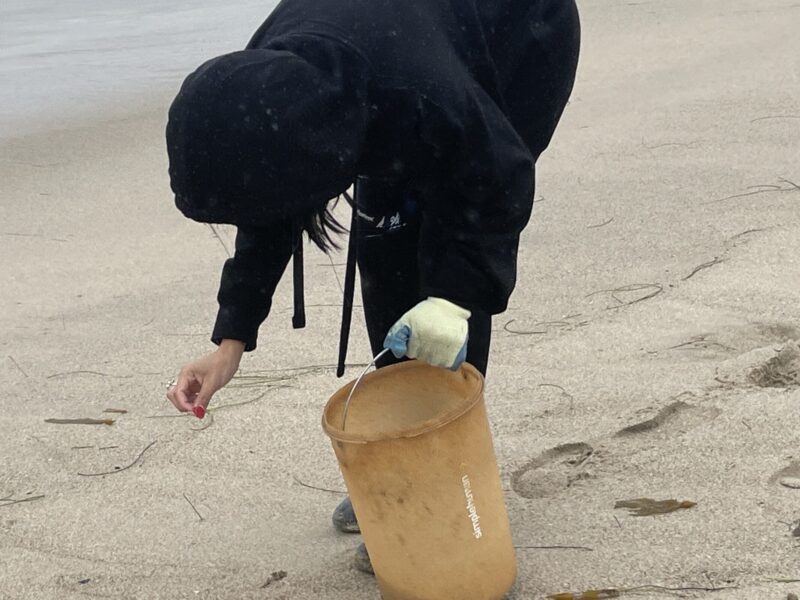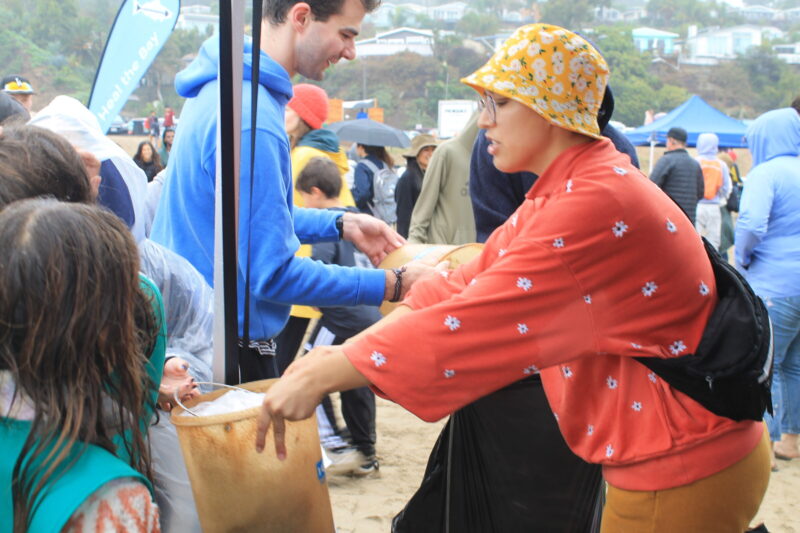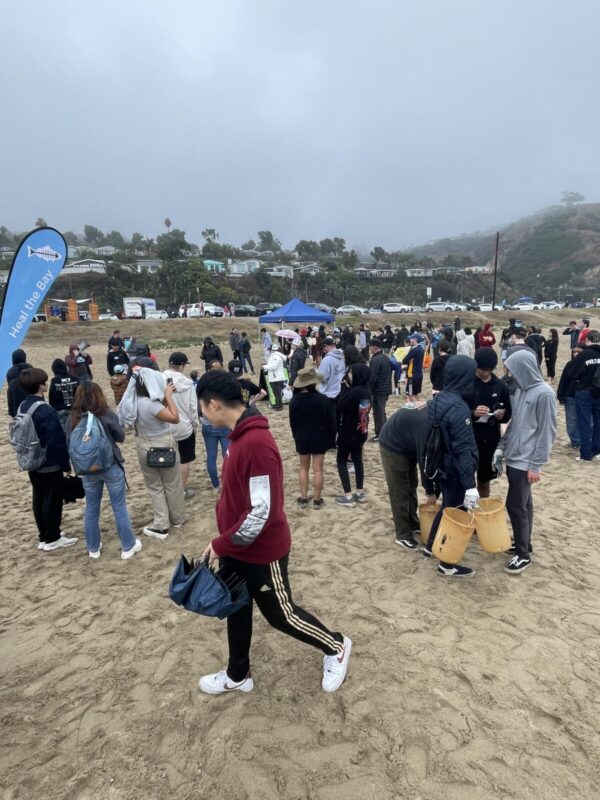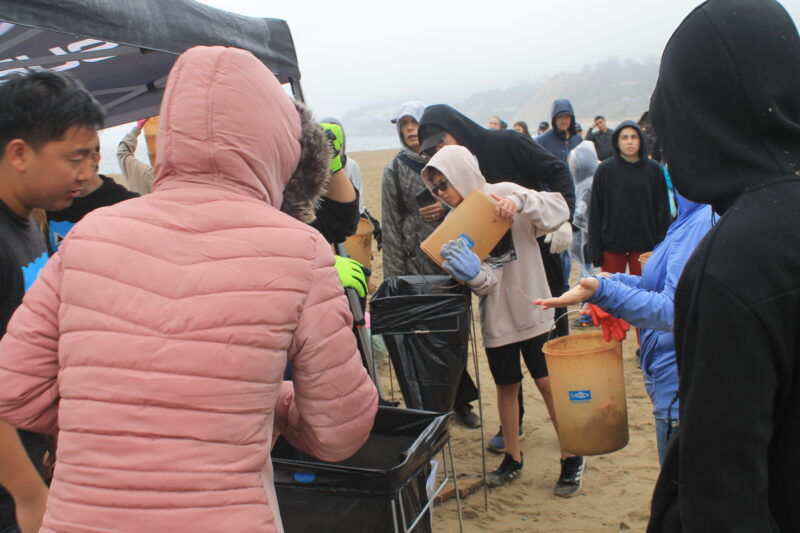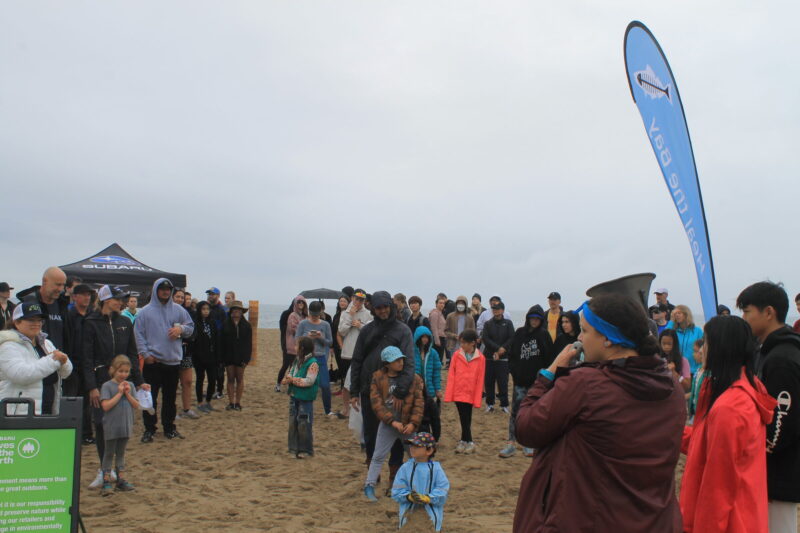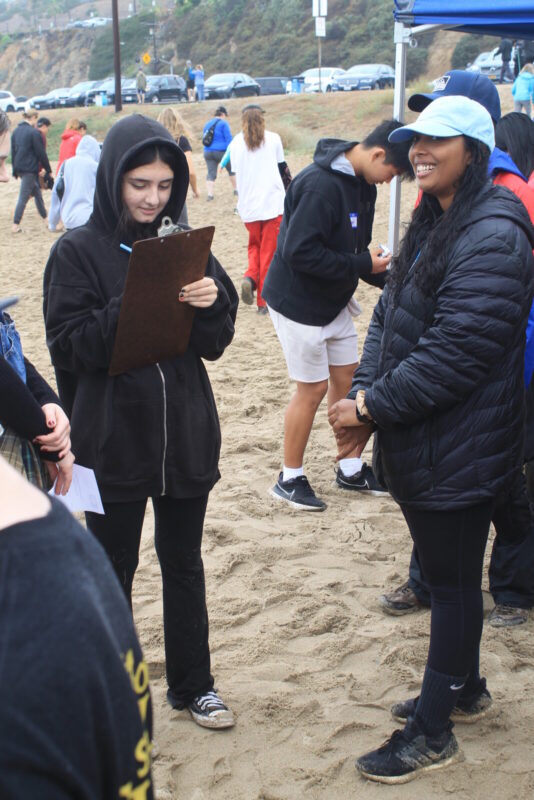Marking 50 Years of the Clean Water Act

The Clean Water Act revolutionized water protection law and has resulted in multiple cleanup success stories. However, as of March 2022, the goals of the Clean Water Act are not being met, and there is still much work to be done to achieve fishable, swimmable, drinkable water across the US.
LIVING IN A WATER-SCARCE region like Southern California, I hear this a lot: Water is life! And more than that, the quality of water affects the quality of life for humans, the environment, ecosystems, and, of course, the waters themselves. The US federal government recognized this decades ago, and created the first major federal law in the US to address water pollution, called the 1948 Federal Water Pollution Control Act. However, this policy was ineffective owing to a lack of oversight and enforceability. Public pressure following a series of environmental plights (including the Cuyahoga River catching on fire) forced the US to reconsider its approach, leading to the 1972 Clean Water Act (CWA) Amendment. This amendment, among many upgrades, gave the EPA more regulatory control to enforce clean water requirements and achieve swimmable, fishable, drinkable water.
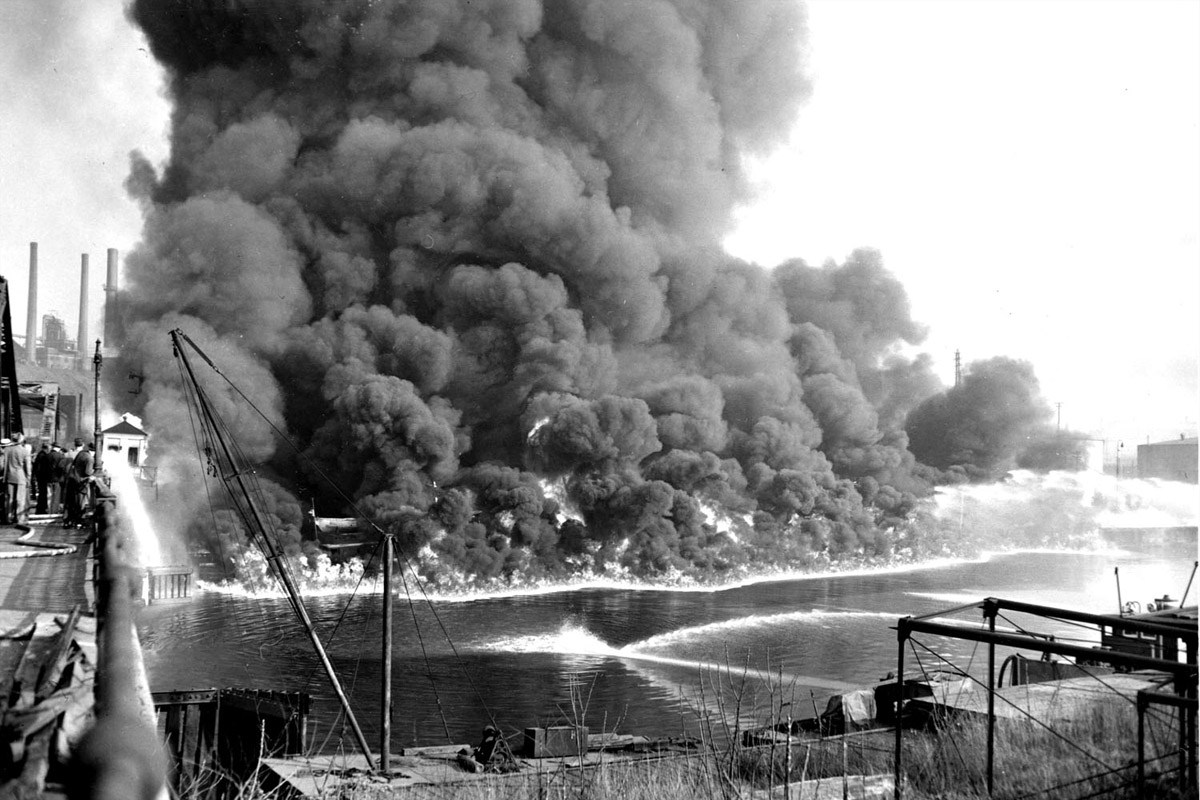
PHOTO: The Cuyahoga River on fire due to high amounts of flammable pollution in the water. Credit: Cleveland State University, Michael Schwartz Library, Special Collections
The CWA protects areas designated as Waters of the US (WOTUS) including streams, rivers, lakes, estuaries, and wetlands. Waters of the US are designated with various beneficial uses such as water supply, navigation, recreation, fishing, habitat, etc. In California, new designation categories are being added now for Tribal Cultural and Subsistence Fishing beneficial uses. The Los Angeles Regional Water Quality Control Board, which reports to the EPA, enforces the federal Clean Water Act locally by determining the Total Maximum Daily Load (TMDL) of pollution that a waterway can handle while still supporting its beneficial uses, and then regulating discharge to stay below that contamination limit. For more information on the structure of the CWA, check out Heal the Bay’s Clean Water Act Knowledge Drop.
Initially, the CWA aimed to achieve pollution-free waters by 1985. Unfortunately, that goal was not met. While this innovative water protection law has resulted in a number of water quality success stories, there is still much work to be done. In fact, as of March 2022, about half of US waterways remain impaired. According to a report from the Environmental Integrity Project, California unfortunately ranked first in the US for most river and stream miles listed as impaired for drinking water, and third for fish consumption.
a) 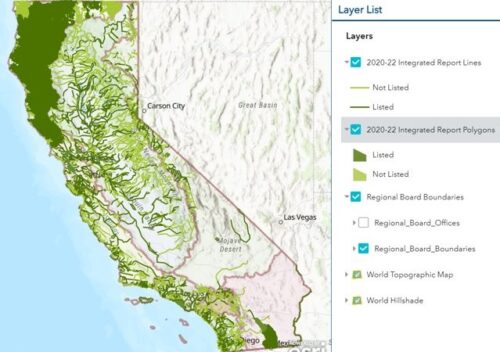 b)
b) 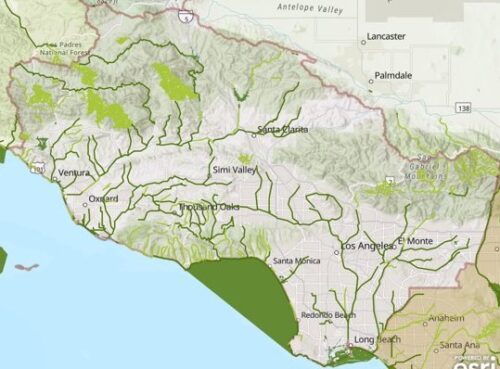
Maps of (a) California and (b) the Los Angeles Region, showing impaired waterways in dark green and unimpaired waterways in light green. Available at: California 2020-2022 Integrated Report
The Los Angeles Region alone has 210 total waterways listed as impaired by pollution in 2022, and since many of those waterways are impaired for more than one pollutant, there are a total of 877 listings in LA. Fifty-four of these listings are related to trash pollution, even though LA was one of the first regions to adopt “zero trash” regulations.
Santa Monica Bay is one of the waterways of LA listed as impaired by trash pollution and the Bay, along with the watersheds that drain into it and the beaches that line it, need care, protection, and advocacy. On Saturday, October 15, 2022, 366 Heal the Bay volunteers took to Will Rogers State Beach, just north of Santa Monica, for one of the biggest Nothin’ But Sand Beach cleanups of the year. In just under two hours, over 145lbs of trash were cataloged and removed from the shore. Thank you to all our volunteers who came out to help keep our precious coastline clean.
PHOTO SET: Hundreds of volunteers support Heal the Bay’s October Nothin’ But Sand Beach Cleanup in honor of the Clean Water Act 50 Year Anniversary. A special thanks to our cleanup sponsors Subaru and Audacy. Photos by Bria Royal / Heal the Bay

PHOTO: Heal the Bay staff member, Forest Leigh, inspecting trash pollution after a first flush event. Photo by Katherine Pease / Heal the Bay
Despite the remaining pollution in our waters, the Supreme Court is considering changes to the definition of WOTUS, which could leave many waters unprotected under the CWA. But there are also many folks working hard towards swimmable, fishable, drinkable water for all. The EPA rereleased its 2022-2032 Vision for achieving CWA goals. The 2022-2023 Vision aims to maximize coordination through partnerships to plan and prioritize opportunities for holistic watershed protection, restoration, and data analysis; and it includes new focus areas for environmental justice, climate change, tribal water quality, and program development, as well as an increase to overall program capacity. Heal the Bay and other NGOs will continue to advocate for water quality projects and comprehensive and science-based water quality regulation under the CWA.
50 years after the Clean Water Act was established, California’s waterways still need the protection and attention of all those who can help. Discover all the ways you can make an impact. Register to attend Heal the Bay Volunteer Orientation and help us make strides for the next 50 years.
ACTION LINK(S)
REGISTER FOR VOLUNTEER ORIENTATION
BREAK FREE FROM PLASTIC CELEBRATION
Written by Annelisa Moe. As a Heal the Bay Water Quality Scientist, Annelisa helps to keep L.A. water clean and safe by advocating for comprehensive and science-based water quality regulation and enforcement. Before joining the team at Heal the Bay, she worked with the Regional Water Quality Control Board in both the underground storage tank program and the surface water ambient monitoring program.



